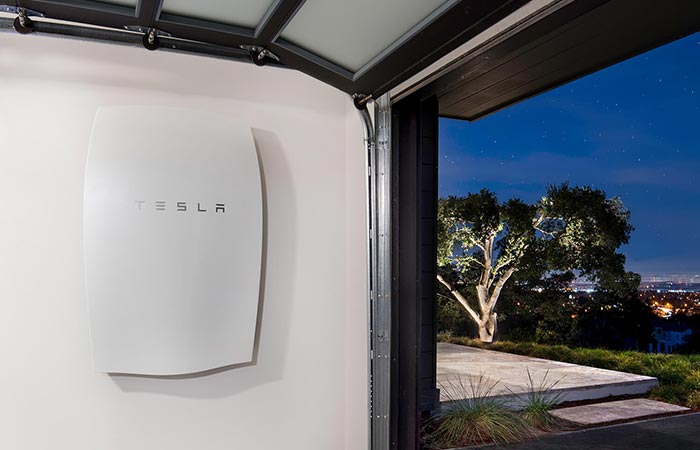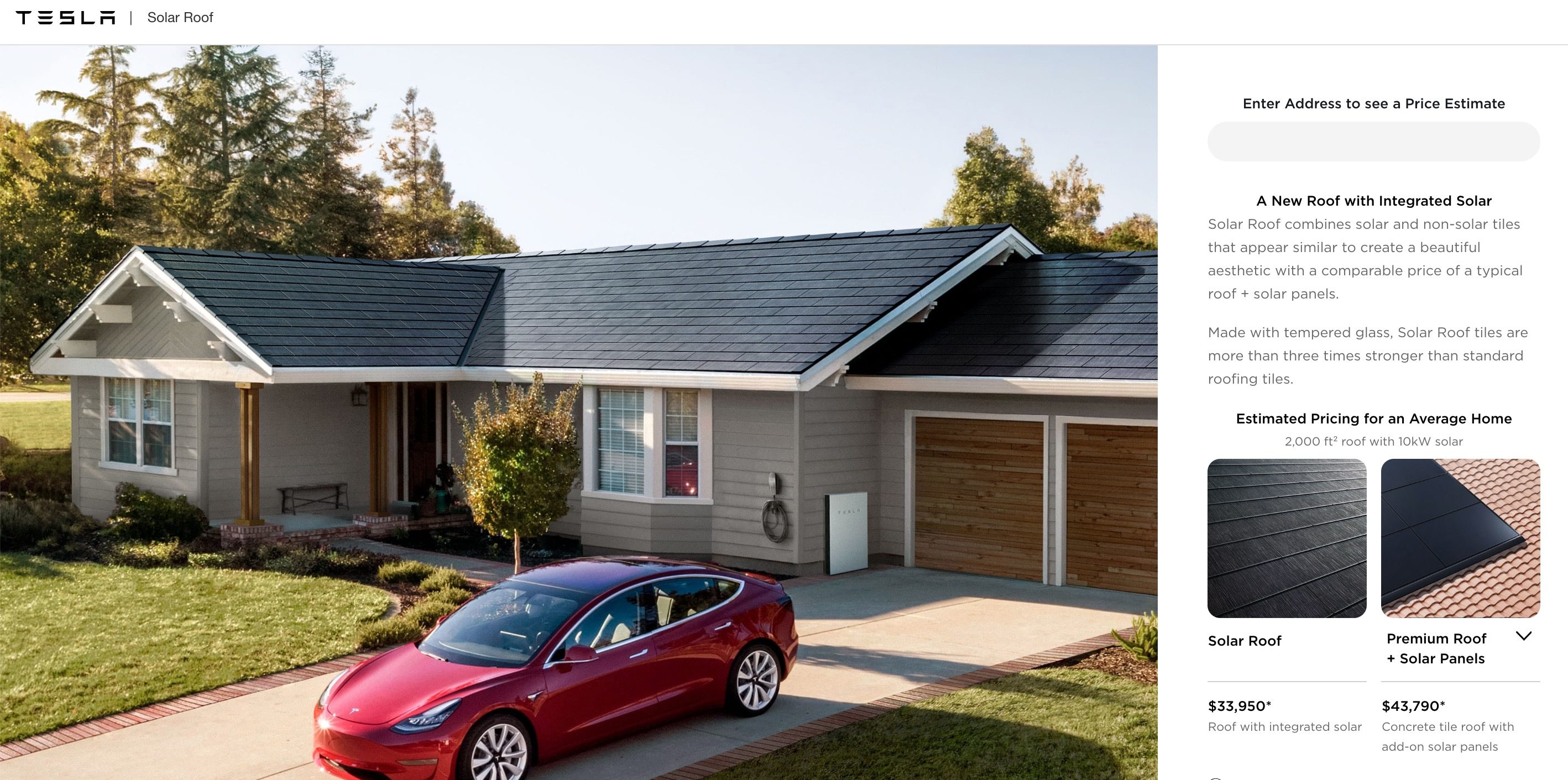

So… how do you like your apples and oranges so far? But, the asphalt shingles beneath and around those panels can often only handle 90 mile per hour winds, which means you may have to remove the panels to do roof repairs. Most roof-mounted solar panels (when properly installed) are rated to withstand as much as 140 mile per hour winds, which is great, and is even a bit higher than the Telsa solar roof. And, to add additional types of apples to compare with these oranges - you also have aesthetics, durability and home resale value to consider.
TESLA ROOF TILES ARE THEY WORTH IT FULL
The above may seem a lower price than a full solar roof installation, until of course you add the cost of a roof covering, and possibly having to remove panels in fine working order simply to replace defective shingles beneath them. (Keep in mind that even when not indicated, all prices listed here are in US dollars.) Again, that’s an average incentives vary, and not all states (or Canadian provinces) will have tax incentives and rebate programs. The average per-watt price for an old-school rooftop solar installation currently (Feb 2020) ranges between $2.57 and $3.35 USD, and the average total price for a full solar panel setup in the US averages between $11,411 and $14,874 after any regional solar-tax credits are applied. Solar shingles are in themselves a weather protective solar roof cover AND a power-generating solar panel. The biggest one being, that to mount standard solar panels on a roof, you need to cover that roof in the first place.

Trying to compare the prices of rooftop solar panels to BIPV solar roofs is a bit of an exercise in futility due to a significant number of variables that would need to be considered. Roof top solar panel installation is functional but a little clunky aesthetically Price comparison between solar panels and solar shingles or solar roofs That alone is a significant improvement over PV panels that always have a tendency to look like an add-on. An instant advantage with BIPV over existing rooftop solar panels, is that you don’t need to remove roof coverings in order to replace them, since BIPVs themselves offer weather proofing. Contrary to that, the low-profile rooftop solar roof option, which is also known as BIPV (building-integrated photovoltaics), are solar shingles or tiles that are installed directly onto roof sheathing in areas of high solar exposure, and are used in conjunction with conventional roofing materials such as asphalt shingles or metal in areas of low solar exposure. Standard photovoltaic solar panels are typically large panels that protrude from roofs by several inches. What are Building-Integrated Photovoltaics (BIPV)? However, what many don't realize is that Tesla is not the only solar shingle manufacturer, but they are certainly the most well known - and the buzz that surrounds any business activity with the name "Tesla" attached to it is certainly making waves in the home solar industry. Good on ya, or good on Elon Musk I guess, for getting in your head. Simply with the mention of that, it is likely that at least a few of you instantly thought of the Tesla Solar Roof. They aren’t ugly but, they aren’t really beautiful either.Īs a follow-up to our original article on the Tesla solar roof here, the next phase of solar-power generation for homes are solar shingles, solar tiles or what has become known as Solar Roofs. Rooftop solar-power production is fairly commonplace now, and you always know exactly which roof has them because they are highly-visible and somewhat clunky looking.


 0 kommentar(er)
0 kommentar(er)
